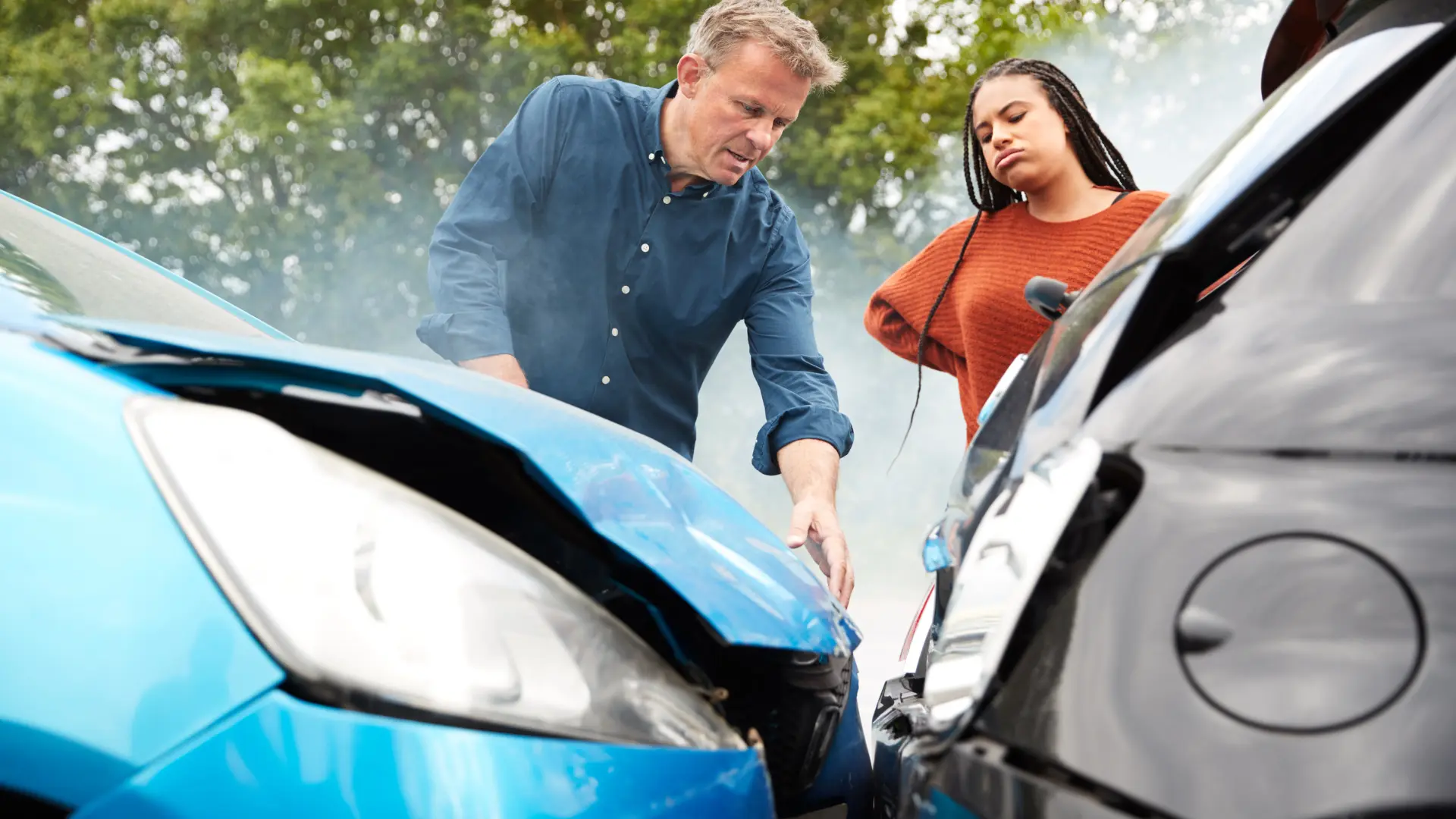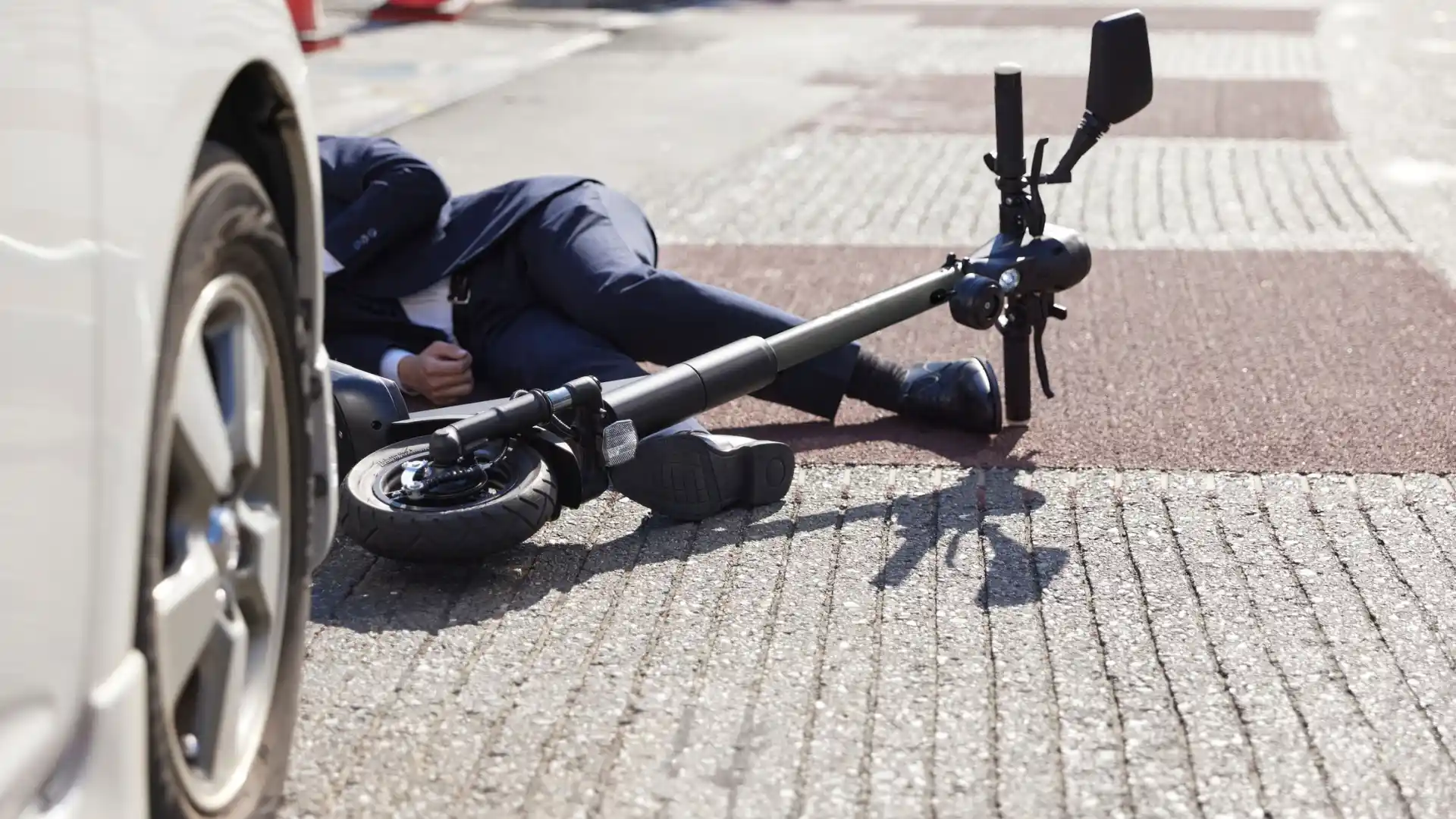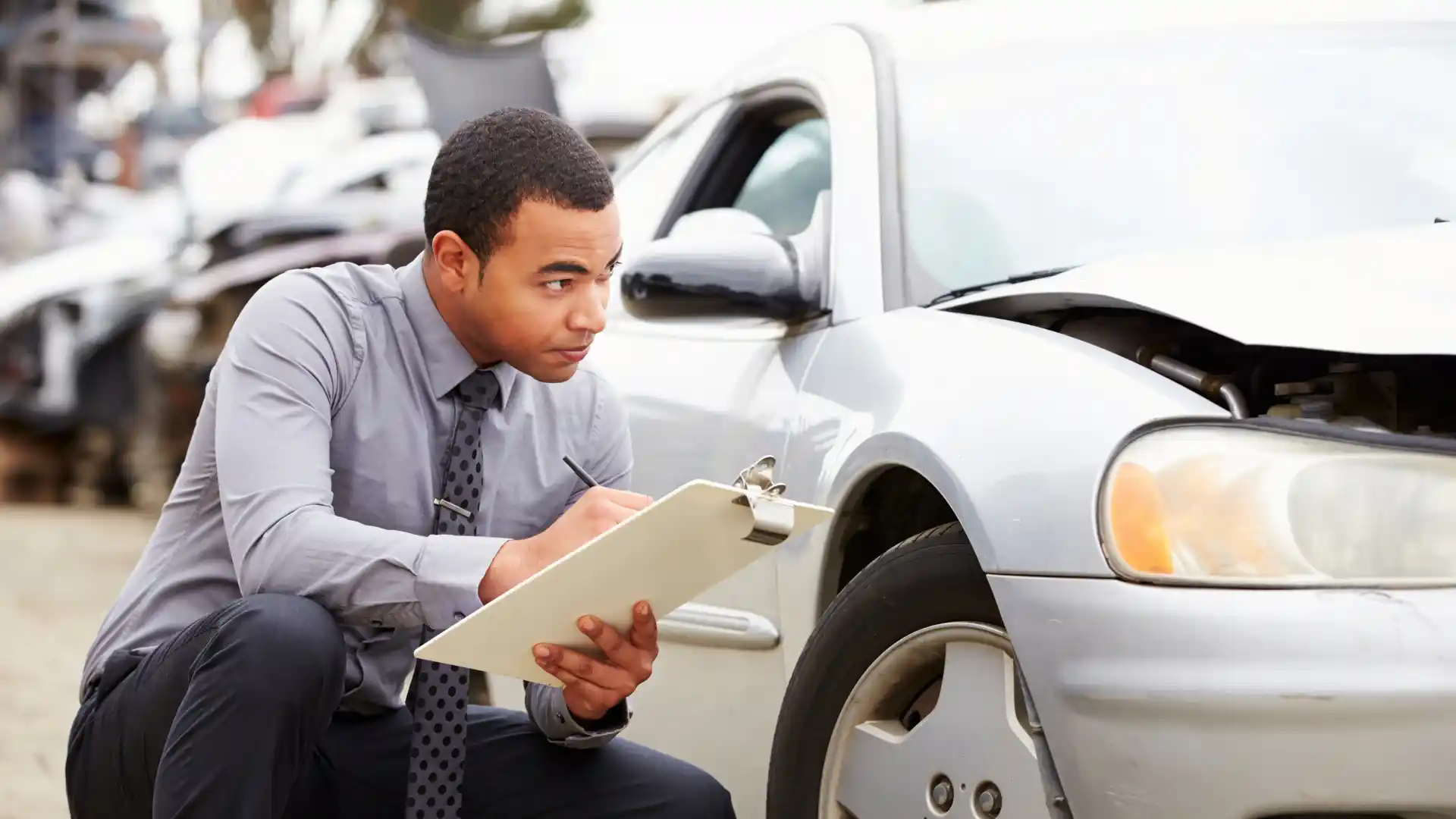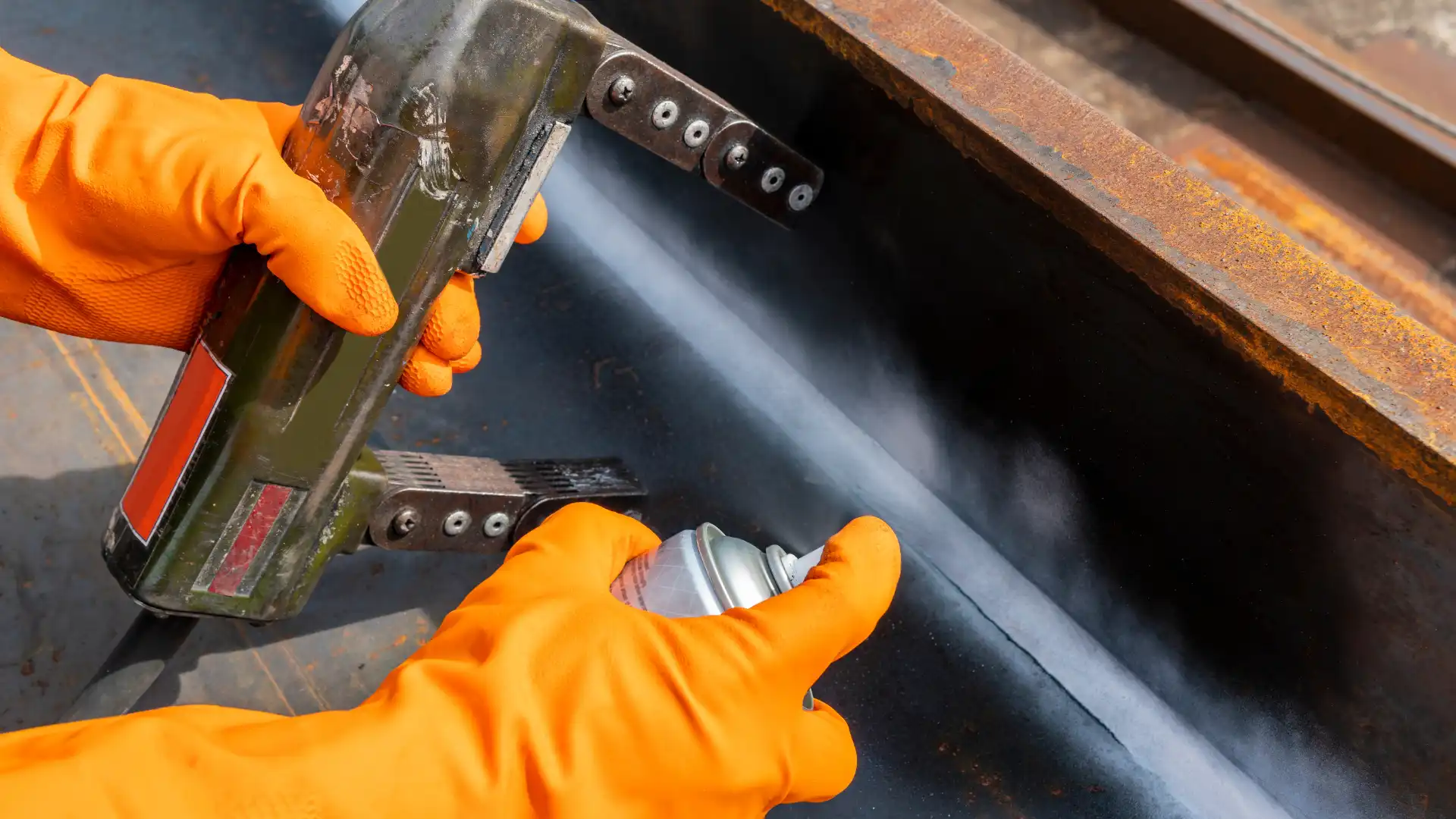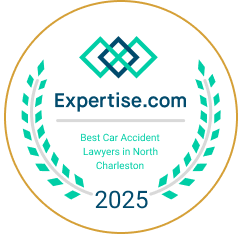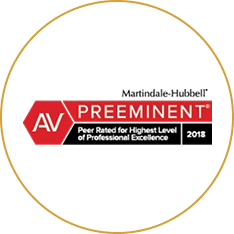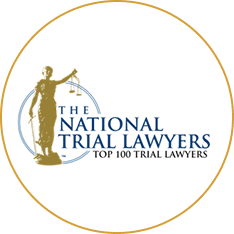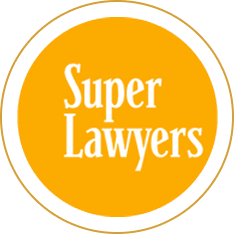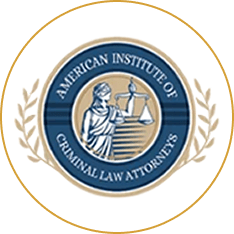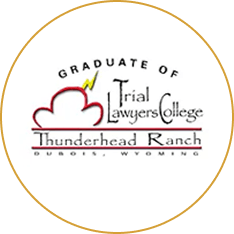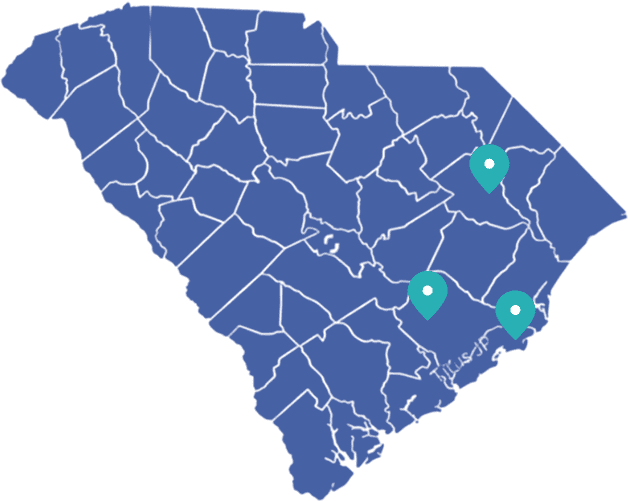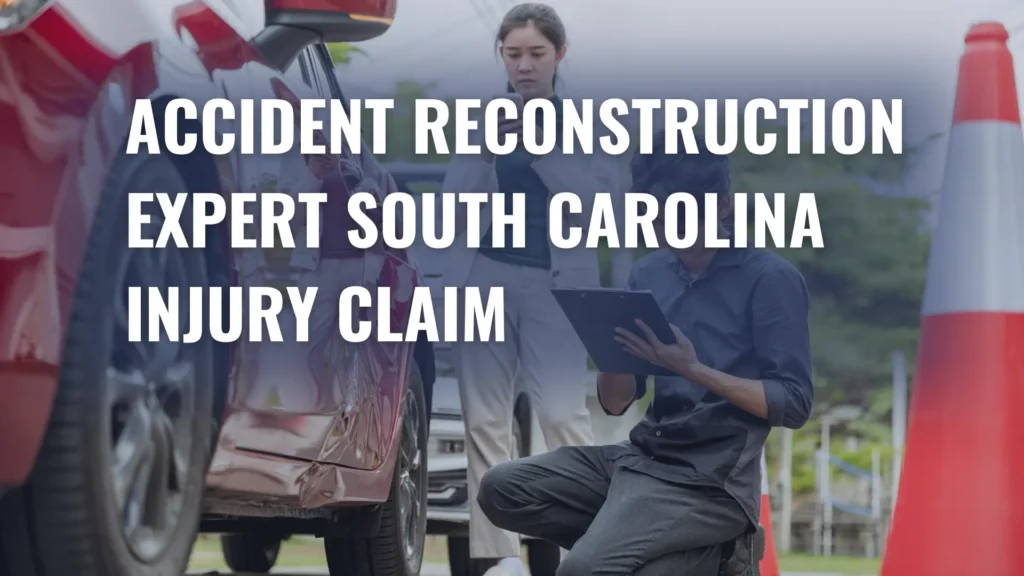
Proving the exact events is essential to your injury claim if you are involved in a serious South Carolina accident. Insurance companies often dispute liability, challenge damages, or question the cause of an accident. In complex cases, qualified reconstruction experts perform scientific analyses and deliver expert testimony to prove fault and strengthen your claim.
At Crantford Meehan, our attorneys understand when professional testimony becomes important for securing fair compensation. Both William Crantford and Jerry Meehan are Trial Lawyers College graduates with focused training in presenting complex evidence to juries. Their experience with cases requiring accident reconstruction analysis has helped clients recover millions in damages, including a $2.35 million settlement for a tractor-trailer crash on I-26 and a $1 million recovery for a passenger injured in a DUI-related single-car accident in Florence, SC.
What Is Accident Reconstruction and Why Does It Matter?
Accident reconstruction uses scientific analysis of evidence, vehicle damage, and road conditions to determine how a collision occurred. Accident reconstruction professionals use physics, engineering principles, and computer software to recreate the sequence of events leading to a crash.
They analyze skid marks, vehicle damage, debris fields, and impact angles to determine speed and fault. This scientific approach provides objective evidence that refutes insurer claims and resolves conflicting witness statements.
In South Carolina injury claims, accident reconstruction is crucial when liability is disputed or impact severity is questioned. Insurance adjusters may argue that low-speed collisions cause minor injuries, but reconstruction proves the actual forces were greater.
The reconstruction process establishes the timeline of events in multi-vehicle or complex traffic accidents. By offering clear, scientific explanations, reconstruction experts help juries understand events and decide liability and damages.
When Your South Carolina Injury Case Needs an Accident Reconstruction Professional
Not every personal injury case requires accident reconstruction analysis, but certain circumstances make professional testimony important for proving your claim. Understanding when to invest in reconstruction services can significantly impact your case outcome and compensation amount.
Complex Multi-Vehicle Collisions
Multi-vehicle accidents often involve disputed liability, with each driver’s insurance company attempting to shift blame to others. Accident reconstruction professionals can analyze the sequence of impacts, determine which vehicle caused the initial collision, and establish the chain of events that led to subsequent crashes.
In such cases, reconstruction analysis is vital when witness statements conflict or physical evidence contradicts the police report. Scientific analysis identifies which driver sped, failed to brake properly, or violated traffic laws contributing to the accident.
High-speed collisions also benefit from reconstruction analysis, especially when insurance companies question whether excessive speed was a factor. Professionals can calculate pre-impact speeds based on vehicle damage, skid marks, and final resting positions, providing concrete evidence of dangerous driving behavior.
Commercial vehicle accidents, including truck crashes, often require reconstruction analysis due to the complex regulations governing commercial drivers and the severe damage typically involved. Federal trucking regulations create specific duties for drivers and carriers, and reconstruction professionals can determine whether violations of these regulations contributed to the accident.
Intersection accidents frequently involve disputed right-of-way claims, with each driver insisting they had a green light or proper right-of-way. Reconstruction professionals can analyze traffic signal timing, vehicle positions, and impact patterns to determine which driver actually had the right-of-way at the time of collision.
Types of Evidence Accident Reconstruction Professionals Analyze
Accident reconstruction professionals examine numerous types of physical and documentary evidence to build a comprehensive picture of how an accident occurred. Their analysis goes far beyond what investigating officers typically examine at the scene.
Vehicle damage patterns provide important information about impact angles, speeds, and the sequence of collisions. Professionals analyze crush patterns, deformation measurements, and component failures to calculate the forces involved in the crash. This analysis can prove that a “minor” car accident actually involved significant impact forces capable of causing serious injuries.
Skid marks and tire impressions reveal braking patterns, steering inputs, and vehicle paths before impact. Professionals measure and photograph these marks to determine pre-impact speeds and whether drivers attempted to avoid the collision. The absence of skid marks can also be significant, indicating a driver was not paying attention or failed to recognize the danger.
Road surface conditions, weather data, and visibility factors all influence accident causation. Reconstruction professionals examine these environmental factors to determine whether they contributed to the crash or affected a driver’s ability to avoid the accident. This analysis can be particularly important in cases involving wet roads, construction zones, or poor lighting conditions.
Electronic data from modern vehicles provides valuable information about speed, braking, and steering inputs in the moments before impact. Event data recorders (EDRs) in passenger vehicles and electronic control modules (ECMs) in commercial trucks can provide precise information about vehicle operation that contradicts driver statements or assumptions about the accident.
Surveillance video from nearby businesses, traffic cameras, or dashboard cameras can provide visual evidence of the accident sequence. Reconstruction professionals analyze this footage frame by frame to determine vehicle speeds, traffic signal status, and driver behavior before the collision.
Cell phone records and other electronic evidence can prove distracted driving at the time of the accident. When combined with reconstruction analysis showing a driver failed to brake or steer to avoid an obvious hazard, this evidence can establish negligence and support significant damage awards.
How Accident Reconstruction Impacts Your Injury Claim Value
The investment in accident reconstruction analysis often pays significant dividends in increased settlement amounts and jury verdicts. Insurance companies take cases more seriously when they know you have professional testimony supporting your claims, often leading to higher settlement offers before trial.
Reconstruction analysis can prove higher impact speeds than initially estimated, which directly correlates to increased injury severity and higher damage awards. When professionals demonstrate that a collision involved greater forces than the insurance company claimed, it supports arguments for more extensive medical treatment, longer recovery periods, and higher pain and suffering damages.
The scientific credibility of reconstruction testimony also helps establish the reliability of your other evidence. When a professional’s analysis supports your version of events, it lends credibility to your injury claims, medical testimony, and economic damage calculations.
In cases where the insurance company disputes causation between the accident and your injuries, reconstruction analysis can prove the forces involved were sufficient to cause your specific injuries. This is particularly important in cases involving soft tissue injuries, traumatic brain injuries, or other conditions that insurance companies often challenge.
Reconstruction professionals can also identify additional liable parties that might not be obvious from the initial investigation. For example, analysis might reveal that poor road design, inadequate signage, or defective vehicle components contributed to the accident, opening additional sources of compensation.
The deterrent effect of professional testimony cannot be understated. Insurance companies know that cases with strong professional testimony are more likely to result in significant jury verdicts, making them more willing to negotiate fair settlements rather than risk trial.
The Accident Reconstruction Process in South Carolina Courts
South Carolina courts have specific requirements for professional witness testimony that accident reconstruction professionals must meet. Understanding these requirements helps confirm your professional’s testimony will be admissible and effective at trial.
Under South Carolina Rule of Evidence 702, professional witnesses must be qualified by knowledge, skill, experience, training, or education to offer opinions in their field. Accident reconstruction professionals typically qualify through engineering degrees, training programs, and extensive experience analyzing vehicle accidents.
The professional’s methodology must be scientifically reliable and based on sufficient facts or data. South Carolina courts use Daubert-like factors under State v. Jones precedent for evaluating professional testimony, requiring that the professional’s methods be scientifically valid and properly applied to the facts of your case.
Reconstruction professionals must base their opinions on evidence that would be reasonably relied upon by professionals in the field. This includes physical evidence from the accident scene, vehicle inspections, photographs, police reports, and other relevant documentation.
The timing of professional involvement can be important for preserving evidence and conducting thorough analysis. Physical evidence at accident scenes can deteriorate quickly, and vehicles may be repaired or destroyed before professionals can examine them. Early involvement allows professionals to document evidence that might otherwise be lost.
Professional reports must be disclosed to opposing parties according to court scheduling orders, which vary by county and judge. These reports must contain the professional’s opinions, the basis for those opinions, and the qualifications supporting the professional’s testimony.
During depositions and trial testimony, reconstruction experts must clearly explain their methods and findings to judges and juries. The most sophisticated analysis is worthless if the professional cannot communicate effectively with lay audiences.
Working with Your Attorney to Secure Professional Testimony
The decision to retain an accident reconstruction professional should be made early in your case, ideally within the first few weeks after your accident. This timing allows for proper evidence preservation and thorough analysis before insurance companies pressure you to settle.
Your attorney’s experience with professional witnesses becomes important in selecting the right reconstruction professional for your case. Different professionals have varying backgrounds, with some focusing on commercial vehicle accidents, others handling intersection collisions, and still others concentrating on specific types of evidence analysis.
The cost of reconstruction analysis varies depending on the complexity of your case and the extent of analysis required. Current market rates typically range from $150-$250 per hour for basic analysis to $300-$400+ per hour for complex cases, with typical retainers of $2,500+ and higher rates for professional testimony ($300+/hr).
However, this investment often returns many times its cost in increased settlement amounts. Cases that might settle for $50,000 without professional testimony often resolve for $150,000 or more when supported by strong reconstruction analysis. The key is working with an experienced personal injury attorney who understands when the investment is likely to pay dividends.
Your attorney should coordinate the professional’s work with other aspects of your case, including medical testimony, economic damage calculations, and witness preparation. The most effective cases present a cohesive narrative supported by multiple types of evidence.
Communication between your attorney and the reconstruction professional is important for developing an effective trial strategy. The expert must understand the legal theories of the case, and the attorney must grasp the technical reconstruction analysis.
Common Challenges Insurance Companies Raise Against Professional Testimony
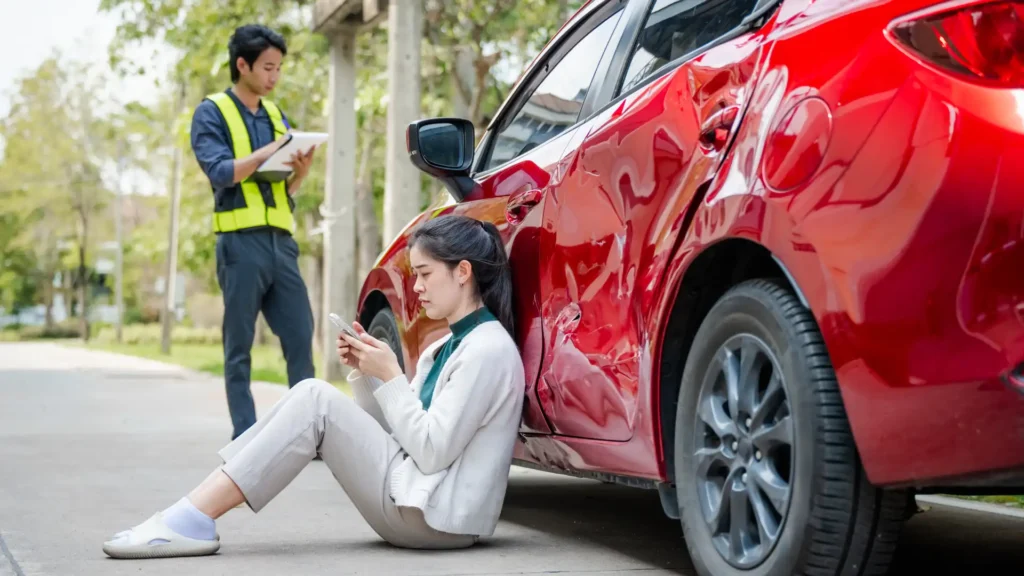
Insurance companies employ various strategies to challenge accident reconstruction testimony, and understanding these challenges helps prepare stronger professional presentations. Being aware of these tactics allows your attorney to address potential weaknesses before they become problems.
One common challenge involves questioning the professional’s qualifications or methodology. Insurance companies may argue that the professional lacks specific experience with your type of accident or that their analysis methods are not scientifically accepted. This is why selecting properly qualified professionals with strong credentials is important.
Insurance companies often challenge the assumptions underlying reconstruction analysis. For example, they might argue that the professional assumed incorrect vehicle weights, road surface conditions, or driver reaction times. Thorough professionals document their assumptions and explain why they are reasonable based on available evidence.
The timing of the professional’s investigation can also be challenged. If the professional did not examine the accident scene until weeks or months after the crash, insurance companies may argue that conditions had changed significantly. Early professional involvement helps avoid these challenges.
Insurance companies frequently retain their own reconstruction professionals to provide conflicting opinions. This creates a “battle of the professionals” situation where the credibility and persuasiveness of your professional becomes important. Experienced professionals who can explain their methodology clearly and defend their conclusions effectively are valuable.
Challenges to the reliability of physical evidence are also common. Insurance companies may argue that skid marks were caused by other vehicles, that vehicle damage was pre-existing, or that environmental conditions affected the evidence. Thorough documentation and analysis help address these challenges.
The cost-effectiveness of professional testimony may also be questioned, particularly in cases with moderate damages. Insurance companies may argue that the cost of professional testimony exceeds the potential increase in damages, making it unreasonable to pursue. This is why careful case evaluation is important before investing in reconstruction analysis.
Why Choose Crantford Meehan for Cases Requiring Professional Witnesses
Crantford Meehan’s attorneys bring unique qualifications to cases requiring accident reconstruction testimony. Both William Crantford and Jerry Meehan are graduates of Gerry Spence’s Trial Lawyers College, where they received intensive training in presenting complex evidence to juries and working effectively with professional witnesses.
The firm’s track record with complex accident cases demonstrates their ability to effectively utilize professional testimony. Their $2.35 million settlement for a tractor-trailer crash involved proving that the truck driver delayed braking in rainy conditions, requiring detailed analysis of the accident sequence and driver behavior.
The firm’s $1 million recovery for a passenger injured in a DUI-related car accident in Florence, SC also involved complex liability issues that benefited from professional analysis. These cases demonstrate the firm’s understanding of when professional testimony is necessary and how to present it effectively to achieve maximum results.
Both attorneys hold AV ratings from Martindale-Hubbell, the highest peer rating for legal ability and ethical standards. This recognition reflects their reputation among other attorneys and judges for handling complex cases professionally and effectively.
Jerry Meehan’s recognition as “Top 10 Under 40” by both the National Academy of Personal Injury Attorneys and the National Academy of Criminal Defense Attorneys reflects his skill in presenting complex cases to juries and working with professional witnesses.
With offices in Charleston, Summerville, and Florence, Crantford Meehan serves clients throughout South Carolina and can coordinate professional services across the state. Their geographic coverage confirms that they can handle cases involving accidents anywhere in South Carolina.
If you’ve been injured in a serious accident in South Carolina, don’t let insurance companies minimize your claim. Contact Crantford Meehan today for a free consultation to discuss whether accident reconstruction analysis could strengthen your case. Call (843) 832-1120 or visit our offices in Charleston, Summerville, or Florence.
Frequently Asked Questions About Accident Reconstruction in South Carolina
How much does an accident reconstruction professional cost in South Carolina?
Accident reconstruction professionals typically charge $150-$250 per hour for basic analysis and $300-$400+ per hour for complex cases. Most require retainers of $2,500+ upfront, with higher rates for professional testimony ($300+/hr). Total costs depend on the hours required for analysis, which varies by case complexity.
When should I hire an accident reconstruction professional for my injury claim?
Consider reconstruction analysis when liability is disputed or when multiple vehicles are involved. It’s also useful if high speeds are suspected or insurers question the severity of the impact. The decision should be made early in your case, ideally within weeks of the accident, to preserve evidence properly.
What qualifications should an accident reconstruction professional have?
Look for professionals with engineering degrees, accident reconstruction training, and extensive experience with cases similar to yours. They should be familiar with South Carolina court requirements and have a track record of providing effective testimony.
How long does accident reconstruction analysis take?
The timeline varies based on case complexity, but most reconstruction analysis takes 30 to 90 days to complete. Complex cases involving extensive testing or computer modeling may take longer. Early professional involvement helps confirm adequate time for thorough analysis.
Can accident reconstruction professionals testify in South Carolina courts?
Yes, properly qualified reconstruction professionals can testify in South Carolina courts under Rule of Evidence 702. They must meet qualification requirements and use scientifically reliable methodology. Their testimony must be disclosed according to court scheduling orders.
What evidence do accident reconstruction professionals need to analyze my case?
Professionals often need police reports, photos of the vehicles and scene, medical records, witness statements, and vehicle access. Data from vehicle computers, surveillance footage, and weather records can also aid the analysis.

